Leonard Rose was principal cellist of the Cleveland Orchestra and New York Philharmonic, and a professor at the Juilliard School and Curtis Institute. His velvety tone was the result of complete mastery of the bow arm - Oskar Falta shares some of his bowing theories
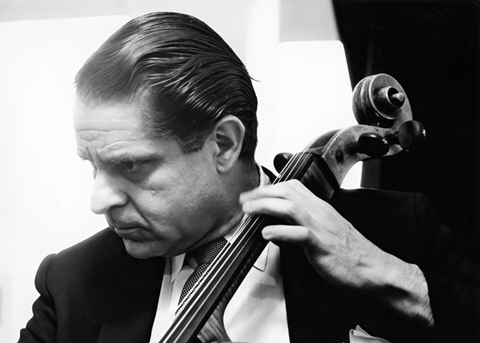
The following is an extract from a retrospective article on US cellist Leonard Rose in The Strad’s November 2020 issue. To read in full, click here to subscribe and login. The November 2020 digital magazine and print edition are on sale now.
In the course of his orchestral career, Rose had the chance to observe and analyse the playing of Jascha Heifetz and other violin virtuosos at close quarters directly from the principal’s seat. Nevertheless, it was his meeting with the legendary violin teacher Ivan Galamian that marked a turning point in his approach to pedagogy. In 1952, Galamian invited him to join the faculty of the Meadowmount School of Music, a summer school in the Adirondack Mountains in the north-eastern part of New York State. There, Galamian generously shared his main teaching principles with Rose, who adapted some of them for his own use. One of these principles was the importance of a relaxed bow hold.
Rose emphasised that the fingers and the thumb should always remain flexible when holding the bow. A thumb that is too straight or curved would cause a tight wrist. As Rose himself stated (in a video available on YouTube, entitled ‘A lesson with Leonard Rose: 1978’, bit.ly/3caqKsm): ‘The thumb with the rest of the hand has to be capable of movement just like a skier’s legs. You know, when he goes over bumps… his knees absorb some of the shocks.’ Indeed, Rose regarded all components involved in sound production – the string, the bow hair and stick, the thumb, the fingers, the wrist, the elbow and the shoulder – as a series of springs. Locking any of these springs would impair the quality of the sound.
Rose’s basic rule of drawing the bow was based on a sensation of pulling on a down bow and pushing on an up bow, reflecting the French terms used for down bow and up bow respectively: tirer (to pull) and pousser (to push). At the beginning of a down stroke, the elbow triggers the pulling motion. Flexible fingers and thumb follow the elbow as the forearm gradually pronates (rotates inwards) while the bow is being ‘pulled’. This action levels the dorsal side of the hand with the forearm as the bow moves.
-
This article was published in the November 2020 Dover Quartet issue
The American ensemble on recording a new Beethoven cycle and inspiring the next generation of chamber musicians. Explore all the articles in this issue. Explore all the articles in this issue
More from this issue…
- The Dover Quartet on Beethoven
- Julie Lyonn Lieberman on teaching different styles
- Italian maker Carlo Bisiach’s US connection
- Frank Peter Zimmermann on recording Martinu
- The teaching methods of cellist Leonard Rose
- The bow makers of Hollywood’s golden age
Read more playing content here

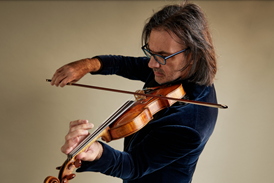

![[2] Echo Theory pc Lukas Breuer - Copy](https://dnan0fzjxntrj.cloudfront.net/Pictures/274x183/2/5/7/38257_2echotheorypclukasbreuercopy_270148.jpg)

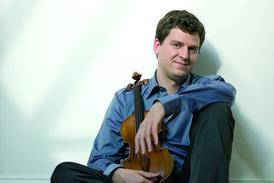

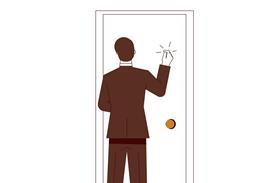



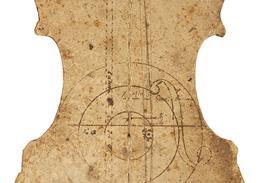
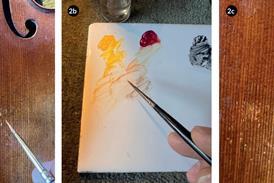
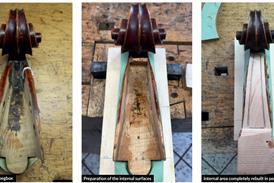
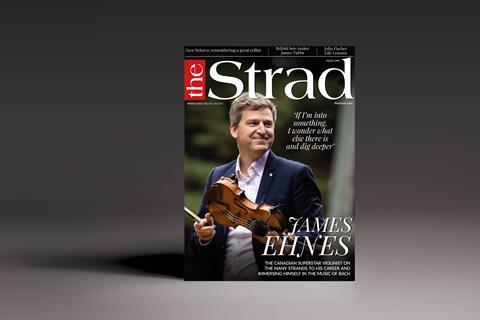




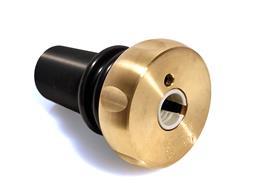
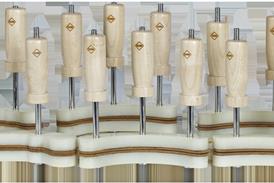

































No comments yet